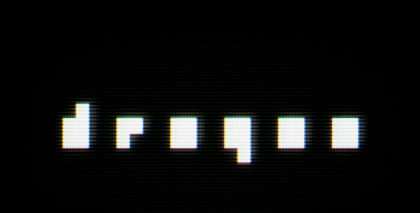Quote from: p208"My own eyes know because my own hands have felt, but i cannot teach an outsider, the difference between ash that is "tough as whipcord," and ash that is "frow as a carrot."
Quote from: p209The skilled craftsman does not decide to treat the ash as if it were "frow as a carrot," . . . The task of the craftsman is not to generate the meaning, but rather to cultivate in himself the skill for discerning the meanings that are already there.
